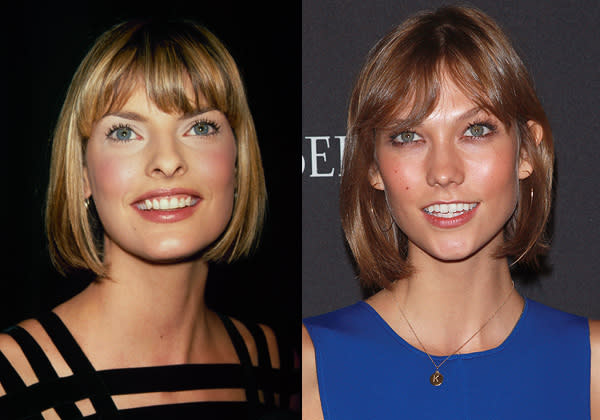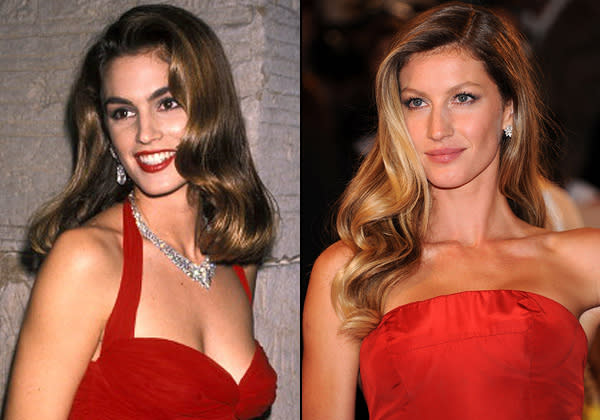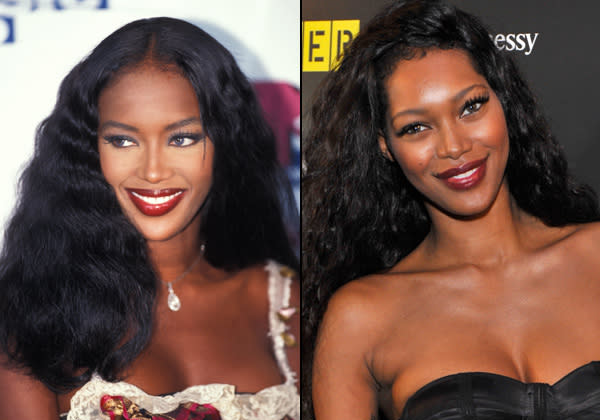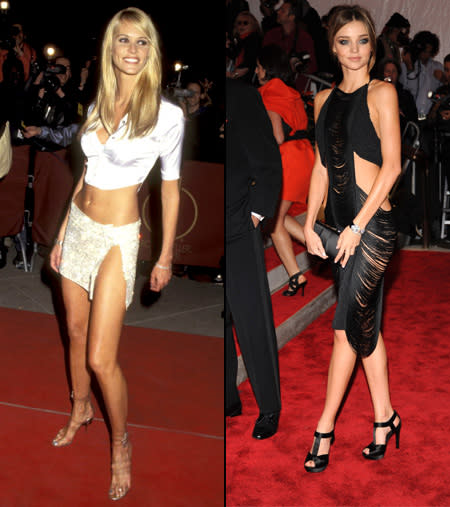Didier Fernandez – Steven Pan – Interview Magazine – September 2013
Inside Interview magazine’s September issue, our Didier Fernandez chats with journalist, David Colman, about his prolific career as one of the industry’s preeminent agents. Steven Pan photographed Fernandez, as he speaks about his start in fashion, the 1990s supermodel craze, and the very first time he met Linda Evangelista. After the jump, read their conversation in full.
DAVID COLMAN: How did you end up in the fashion world?
DIDIER FERNANDEZ: By accident. I was born and raised in Paris, and I started in the modeling business in 1990. I had never been interested in fashion. I was going to be a pastry chef until I discovered that the hours were terrible, so I ended up being a colorist and started meeting models in the salon. That’s when I got a little more interested in it. After six years, I quit to go back to art school, but then I got a phone call from one of the owners of Elite in Paris. I didn’t know why he called me, but he called me again, and I decided to go meet him. I started working the next day for the company. That was March 1990.
Did you think, What have I gotten myself into?
I was interested to see what it could lead to and I had nothing to lose. My first big moment was when they tried a few B-girls on me, and I got a French Vogue cover with a model named Heather Stewart-Whyte. She was then more of a catalog girl who nobody really believed in—until she got that cover. That led major girls like Linda Evangelista and Naomi Campbell to call me. They were with Elite, but managed by other agents, and out of the blue they switched to me. That was ’91. By the end of that year, I was with about 20 models—which was insane, considering they were all working nearly 300 days a year.
It seems 1992 was a peak supermodel year.
Yes, it was a big explosion. It was the beginning of a very exciting time for everyone in fashion.
This is a naive question, but if they were doing so great already, why did they come to you? What more could you have given them?
I didn’t really know, but I got very passionate about it. I was working 20 hours a day. I was living with Linda in Paris. I was spending my time with all of them going on shoots, going backstage, traveling. So maybe they liked how passionate I was about their careers. I love photographers, I love designers. I guess that did translate in our relationship. It was a very strong moment for all of us. We felt the sky was the limit.
What do you remember about your first meeting with Linda?
The first time we met—before she made that phone call—she was shooting couture with Karl Lagerfeld for Chanel. I was delivering the contract for her and she barely looked at me. It was one of those moments where I felt like, Okay, I’m invisible—which changed drastically a few months later.
So what was your first meeting with her like when things changed?
Well, she made that phone call. I guess we were all in New York when that French Vogue [September 1991] cover came out. It was the September cover. There was a little group—Naomi, Linda, Christy, Yasmin Le Bon, and Gail Elliott—and I think they were all in the same room when they made the phone call. They asked me if I would work with them, and I could not say no. I was very flattered.
Do you remember just thinking, Wow?
Everything was wow after that. I mean, some designers were fighting to get the girls on the runway when there were conflicting times, or when they wanted an exclusive, there was a war being fought on who would get the girl. There were Italian designers fighting over Linda or Naomi. It was just endless. We were starting at eight in the morning and finishing at midnight because I was dealing with New York, too. Most of those girls were based in Paris then, so the American editors were calling Paris, because they knew we had access to the girls and they’d get their answers faster. At the time, I was probably doing 75 percent of American Vogue‘s and Harper’s Bazaar‘s covers, which did not really please the New York office, because suddenly they’d lost touch with the main magazines. But the magazines knew I would give them a straight answer. And having those major models was definitely a plus. But it was also exciting to develop new talent—Amber Valletta, Shalom Harlow, Nadja Auermann. Nadja was really my first young new face. She arrived in Paris, I met her the next day, and signed her that same day.
I remember seeing her walk on the runway in ’94. She was so tall and thin.
She is nearly 6’1″. The legs are probably more than half of her body—it was shocking. Designers just went out of their way to make sure they made clothes for her.
What was your first date with Linda like?
It was very sweet. She’s a very friendly person when she wants to be, and we were not in public so it was very natural and very simple. I can’t remember details but just that we clicked. And soon after we sealed the deal, she flew me on the Concorde to New York, where she was shooting a documentary with Peter Lindbergh. That was my first flight on the Concorde, so I was impressed.
How long were you at Elite?
Seven years. I remembered the owners telling me, “You’re going to burn in two years.” But I guess it took seven. I quit July 14, 1997. I remember I was watching the Défilé, the French army parade on TV. After that I just I traveled the world for a while with Naomi and Linda. My quitting kind of came out of the blue and I guess they wanted to keep an eye on me. I went to Australia with Linda, I went to India with Naomi… They were on jobs but they just took me to be there and to enjoy. So that went on until March ’98, when Linda asked me to come meet her at the Ritz in Paris for lunch. We sat down and she asked me if I’d consider coming to New York to live and work exclusively with her and a few other girls. I wouldn’t commit, but I came, and I rebuilt my life here and I never lived in Paris again.
You founded your own agency?
I briefly had a separate office in the headquarters of Elite called Special Agent Management, because I felt some loyalty to Elite. Then I had a short time with Wilhelmina. Trudi Tapscott, the modeling editor at Vogue, was a good friend of David [Bonnouvrier, the founder of DNA], and put us together. We met and hit it off, and we started working together. That was 11 years ago.
Some people have talked about how social media has influenced modeling. Do you use it? Or have you tried to get your girls to use it?
No, no. I don’t do it. I don’t think it’s relevant. These are great models, and people are going to call for you and you are going to do covers and campaigns and eventually get contracts, but it’s definitely not your Twitter account or your Instagram that’s going to get you there. I just don’t see how that could change anything in their professional life. What are you telling them? What you had for breakfast, that you’re getting on a plane, or you’re on the set but you can’t say where? And then what? It’s not relevant.
What do you miss most about the days when supermodels stalked the earth and reigned supreme?
The collaboration with a team. I’m talking designers, photographers, hair and makeup, editors, stylists, where I remember creating stories and ideas from scratch. It was really amazing—back then, it was very easy to be able to put all of those people together and create images or a moment on the runway, helping the young designers who were broke. That’s what I miss most now in the corporate world of fashion. There’re so many players, you can’t talk directly to a designer or a photographer or an editor. I remember editors picking up their phone and calling you without an assistant passing the phone. Liz Tilberis would call you out of the blue to ask you a question. The same with Franca Sozzani—a quick phone call to see if we could make something happen. And it was a yes or no—the deal was sealed in four minutes. Now, there are e-mails and 300 people between you and the person that you want to talk to, and it makes it impossible to achieve what could be achieved in a phone call. But I guess that’s the modern world now.
dnamodels.com













